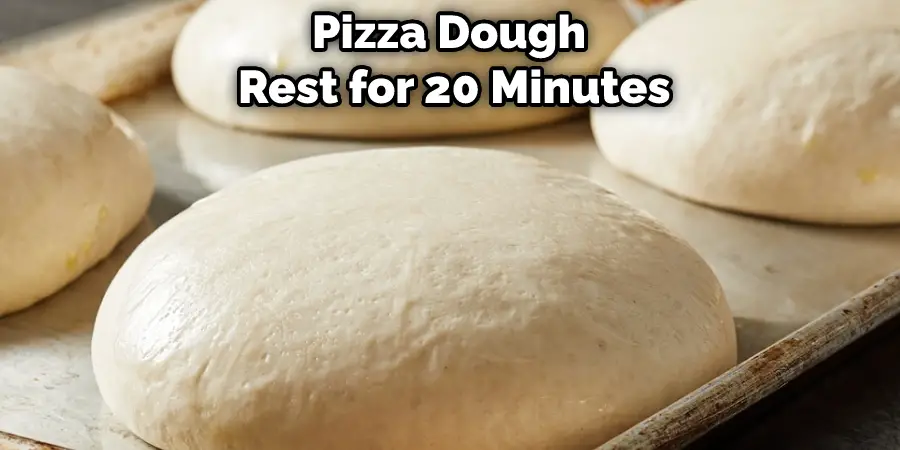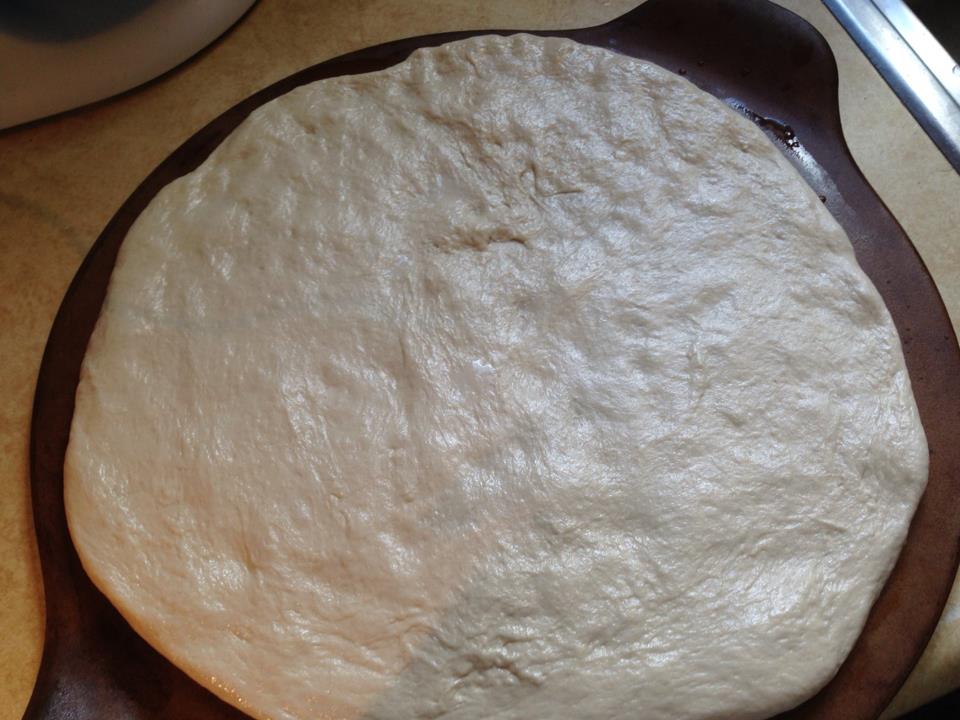In the realm of culinary artistry, the humble pizza stands tall, a delectable tapestry of flavors, textures, and aromas. At its heart lies the dough, the foundation upon which the entire edifice of pizza-making rests. Just as a sculptor meticulously chisels away at a block of marble, giving life to a masterpiece, so too does the pizza maker craft their dough, kneading and shaping it with love and precision. One crucial aspect of this process is the resting time – a period of patient waiting, during which the dough undergoes a transformation that will ultimately determine the quality of the final product.

Image: indoorense.com
Let us delve into the intricacies of this culinary alchemy, exploring the significance of resting time and how it influences the flavor, texture, and overall character of pizza dough. With each passing moment of repose, the dough undergoes a symphony of chemical reactions, each contributing to its metamorphosis. Enzymes work their magic, breaking down complex carbohydrates into simpler sugars, while yeast continues its tireless fermentation, releasing carbon dioxide and alcohol that will create those coveted air pockets within the dough. The result is a dough that is both pliable and elastic, ready to be stretched and shaped into the perfect vessel for your culinary creations.
The optimal resting time for pizza dough is a subject of debate among pizzaioli, with some advocating for a brief respite and others favoring a more extended period of slumber. However, most experts agree that a resting time of at least 24 hours is essential to achieve the best possible results. During this extended rest, the dough develops a more pronounced flavor profile, becoming more complex and nuanced. The gluten also relaxes, resulting in a more tender and chewy crust that melts in your mouth.
While the benefits of an extended resting time are undeniable, it is important to note that every dough is unique and may require adjustments to the resting period. Factors such as the type of flour used, the hydration level of the dough, and the ambient temperature will all influence the optimal resting time. As a general rule of thumb, doughs with a higher hydration level will require a longer rest, while those with a lower hydration level can get away with a shorter period.
To determine if your dough has had sufficient time to rest, simply perform the poke test. Gently press your finger into the dough. If it springs back quickly, it is ready to be used. If it leaves an indentation, it needs more time to rest. Trust your instincts and observe your dough closely, for it will tell you when it is at its peak.
The resting of pizza dough is not merely a passive act of waiting. It is a transformative process that sets the stage for culinary greatness. By allowing your dough to rest, you are investing in its future, ensuring that it will rise to the occasion and become the foundation of an extraordinary pizza. So, the next time you find yourself making pizza, remember the importance of resting your dough. Treat it with patience and care, and it will reward you with a culinary experience that will tantalize your taste buds and linger in your memory long after the last bite.

Image: kitchenncooking.com
How Long To Let Pizza Dough Rest